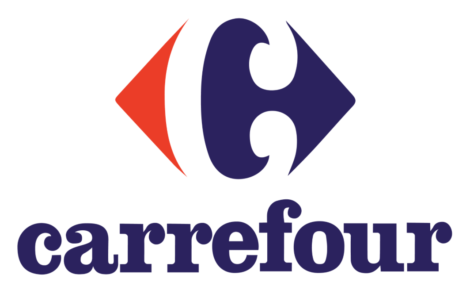



Protect high cattle prices with risk protection - USDA
Livestock Risk Protection program helps farmers manage riskUS beef cattle prices are historically high, but there are ways cattle producers can protect themselves from falling cattle prices, according to a recent news release Michigan State University Extension. The Livestock Risk Protection program is implemented through the USDA Risk Management Agency to protect against market decline.
Beef Cattle prices can be severely impacted by events that occur in one day or over time. In 2019, a fire at a large packing plant severely reduced harvest capabilities in this country. That single event drove prices of feeder cattle and market ready cattle down over the next several months. In 2020, many packing plants were shut down over various periods of time due to workers contracting COVID-19 and drove cattle prices lower. In both years, cattle producers sold both feeder cattle and market ready cattle at prices lower than expected.
In today’s market, beef cattle prices are at historically high levels. Beef cattle producers have the opportunity to protect themselves from falling cattle prices by purchasing Livestock Risk Protection (LRP) insurance. The LRP program is implemented through the USDA Risk Management Agency (RMA). The RMA has implemented a market price insurance program since 2004. Farm business management educators and specialists at Michigan State University Extension recommend developing marketing plans and developing market risk strategies. Strategies can often include market price protection programs like LRP.
Cattle producers who take the opportunity to obtain market price protection will frequently realize more income during times of falling cattle prices. The Livestock Risk Protection program (LRP) allows producers to purchase market price protection insurance against falling markets.
Through LRP, producers can purchase market protection from insurance agents in a similar manner as buying crop insurance. Agents selling crop insurance frequently sell LRP policies. The LRP works similarly to purchasing put options setting a floor on the market price; however, LRP like crop insurance is government subsidized. The subsidy has increased significantly over the past couple years and has made purchasing these policies much more inviting. The actual LRP policy is insurance against cattle market prices going lower.
It is critically important to point out that LRP policies offer market price protection and have no influence on the price producers receive for their cattle. Cattle are sold and marketed by producers in the method of their choosing. Consequently, producers are still encouraged to market cattle for cash sale to the best of their ability.
The USDA-RMA publishes a daily report that is usually available around 4-4:30 p.m. Eastern Time and can be found at https://public.rma.usda.gov/livestockreports/main.aspx. That report indicates an expected ending value, various coverage levels, the cost per hundred weight of the policy and end date of the contract.
The details of purchasing LRP price protection are important. The LRP program is not for producers who do not want to watch cattle markets and pay attention to the details. LRP insurance is available for both fed cattle and feeder cattle at 13, 17, 21, 26, 30, 34, 39, 43, 47 and 52-week periods. Producers should try and purchase contracts with end dates as near as possible to actual cattle sale date. The period between contract end and cattle sale dates puts producers at risk that cattle markets can work against them.
Producers need to ensure that insurance agents know they are getting ready to purchase insurance. Unlike crop insurance, RMA reports are published daily during the week in the late afternoon. Once producers decide to purchase insurance, the policy needs to be finalized by 9 a.m. the next morning.
LRP insurance fits with various size operations. Contracts can be purchased for as few as one head and up to 12,000 head annually. There are a couple of frustrating aspects to the program, however. The contracts are supposed be available at 52-week periods, yet RMA reports usually do not have quotes beyond 34 – 43 weeks. Contracts are supposed to be available at 70 – 100% coverage levels, yet reports seldom offer levels below 85%.
Producers utilizing LRP consistently will have market price protection from decreasing cattle market prices while realizing the benefits of higher cattle prices when markets get stronger. Due to the subsidy support many producers large enough to purchase their own put options prefer to utilize the LRP.
The LRP allows both small and large producers (up to 12,000 head annually) to obtain market price protection. During times of erratic cattle markets price protection is an important management tool that producers should utilize to maintain farm profitability.
This article was published by Michigan State University Extension.



